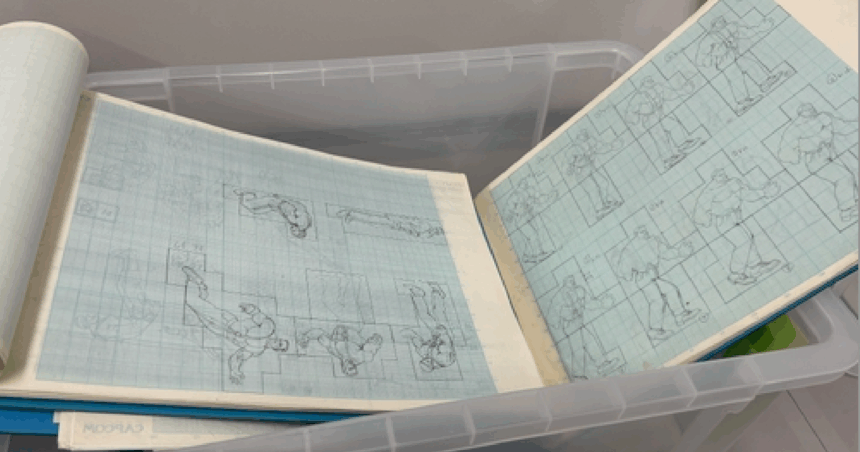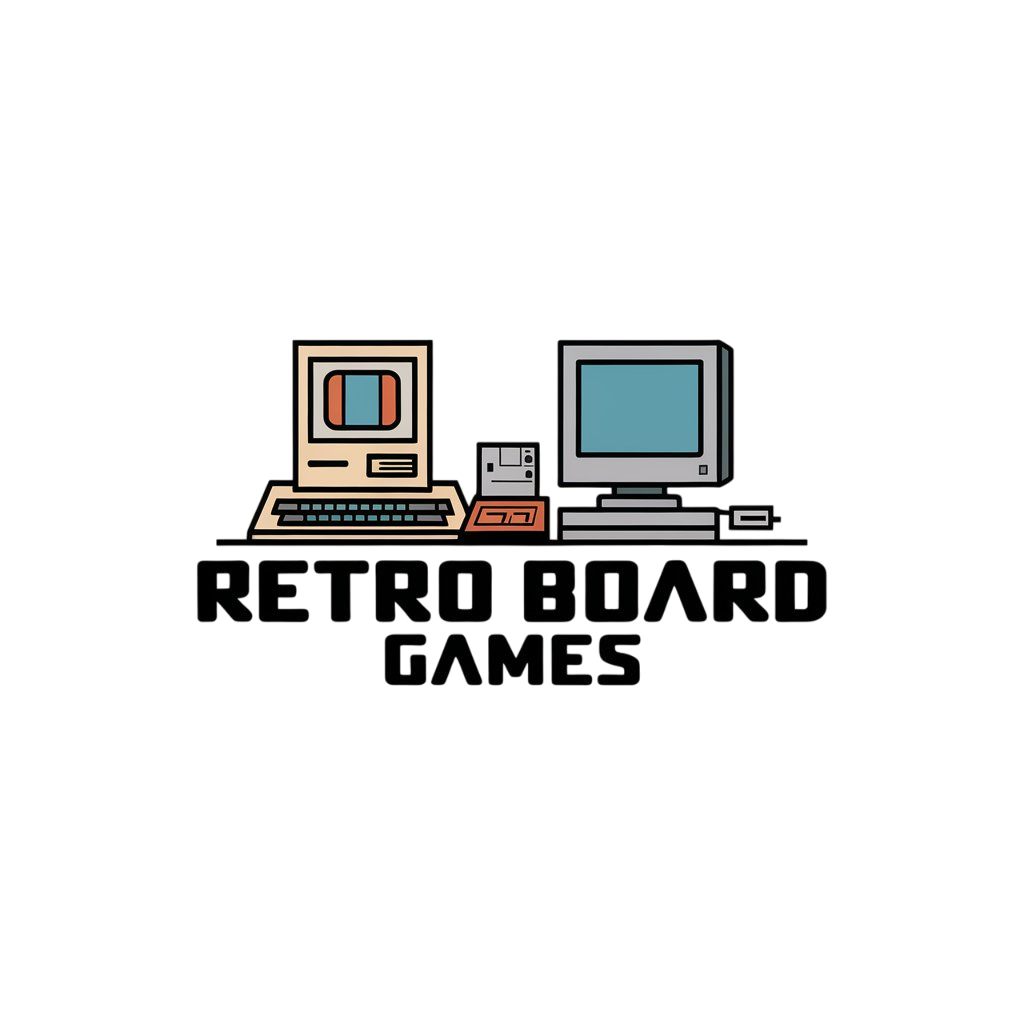Square Enix, Capcom, Taito, and Sega have unveiled plans to “archive past [game] development materials.”
As detailed by Gamemakers.jp, Square Enix and Bandai Namco have reportedly been working to preserve materials used during development, such as concept art, illustrations, and image boards from the 1980s and 1990s, but now other major Japanese developers have also pledged to preserve development materials.
In a lecture at SIGGRAPH Asia 2024 last December entitled “The Cutting Edge of Preservation,” Square Enix Lead AI researcher, Youichiro Miyake, Capcom digital content archive team producer Yasuyuki Makino, Sega producer Yosuke Okunari, and Taito producer Yuichi Toyama talked about how each company archives its own development materials, “accurately documenting the history of Japanese games and communicating it to the world.”
“Each company keeps its own historical game development materials, but it is difficult to say that the industry is keeping them in good condition,” explains the session’s description. “These materials are important for accurately documenting the history of Japanese games and communicating it to the world.
“The preservation of game development materials is a new development that has the potential to enhance the cultural value of digital games in society by being preserved and made public by companies across the entire game industry. The aim […] is to share knowledge about the global importance of game development materials that have built the history of Japanese digital games to date, and how they can be put to practical use.”
GameMakers.jp lists in detail what the companies currently and intend to do, such as Capcom’s Capcom Illustrations Archive System (CIAS). Taito – which produces large arcade cabinets – admitted as cabinets require so much space for storage, they have previously been “discarded,” but now it attempts to store physical documents in “special boxes,” scan original master specification documents, and keep arcade circuit boards for each legacy title, as well as their maintenance manuals.
Sega’s preservation activities have been underway for around a year, with the Japanese megacorp also detailing the importance of preserving arcade cabinets, producing “faithful” reproductions of past consoles, and “high-precision” emulation revivals using original data for titles from the 1980s to 2000s.”
Earlier this year, GOG partnered with the European Federation of Game Archives, Museums, and Preservation Projects (EFGAMP), Europe’s largest federation of organizations working to preserve “video games as cultural heritage.”
With fellow members including The Video Game Museum in Rome, France’s MO5.COM, Computerspielemuseum in Berlin, The Netherlands Institute for Sound & Vision, and Embracer Games Archive, GOG said its membership marked “a significant step in bridging the private sector with cultural organisations across Europe.”






